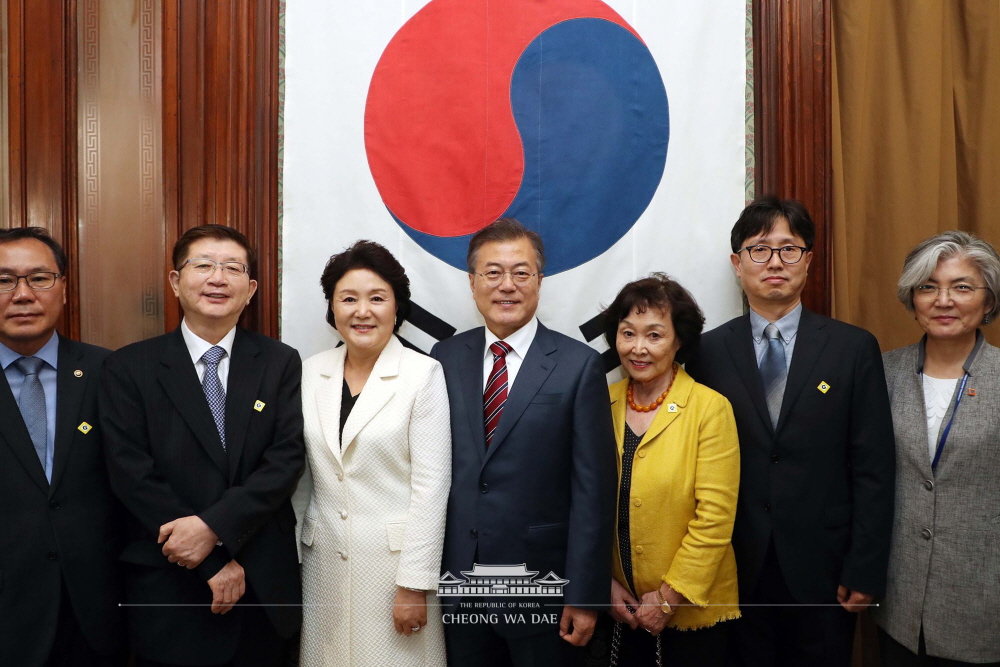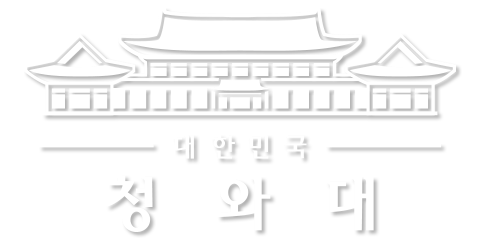이 웹사이트는 제19대 대통령 임기 종료에 따라 대통령기록관이 「대통령기록물 관리에 관한 법률」에 의해 이관받아 서비스하는 대통령기록물입니다. 자료의 열람만 가능하며 수정 · 추가 · 삭제는 불가능합니다.
다만, 「개인정보보호법」에 의하여 개인의 정보를 보호받기 원하시는 분은 관련 내용(요청자, 요청내용, 연락처, 글위치)을 대통령 웹기록물 담당자(044-211-2253)에게 요청해 주시면 신속히 검토하여 조치해 드리겠습니다. 감사합니다.
SPEECHES & REMARKS
BRIEFINGS
The President and First Lady Visit the Korean Legation Building in Washington D.C.

Following the summit with the U.S. President Donald Trump, President Moon Jae-in dropped by the Korean Legation building in Washington D.C., which served as the overseas diplomatic office of the Korean Empire. First Lady Kim Jung-sook accompanied him on this the last event on the schedule of his visit to the United States.
The Korean Empire's Legation in the United States, which was established in February 1889, was the first diplomatic mission that our country founded in a western country. The legation building, which was first purchased for US$25,000 in February 1891, was a part of the painful history of our country; The Japan–Korea Treaty of 1905, also known as the Eulsa Treaty, deprived Korea of its diplomatic sovereignty, and Japan forcibly acquired the legation building for just US$5 in 1910 and later on sold it to an American for US$10. In October 2012, the Cultural Heritage Administration of Korea repurchased the building for US$3.5 million. After repair and restoration work, it was reopened yesterday.
The Korean Legation is the only existing free-standing building that has kept its original shape among Korea’s modern diplomatic missions. It is also the only one that has kept its original interior and exterior among 19th-century diplomatic missions remaining in Washington D.C. It is considered a symbol of the self-reliant and self-strengthening diplomacy of King Gojong (1852-1919), who tried to overcome the old order in Northeast Asia at the end of the Joseon Kingdom (1392-1910) and open a wider diplomatic horizon.
President Moon and First Lady Kim conversed with the descendants of diplomats, including the first Minister Plenipotentiary of the Korean Empire to the United States Park Jeong-yang, and looked around the Legation, including exhibition halls. After doing so, the First Couple wrote in the guestbook, “It is a symbol of self-reliant diplomacy and friendship between Korea and the United States and is a proud part of our history we should remember.”



